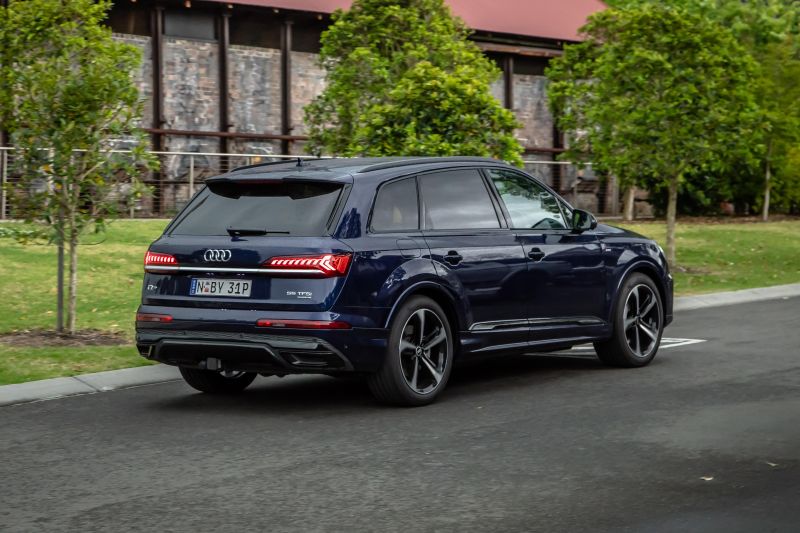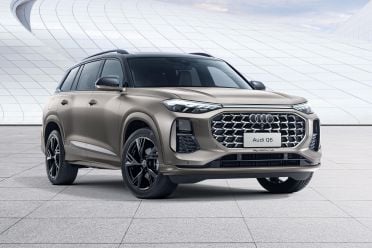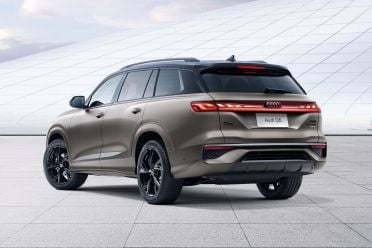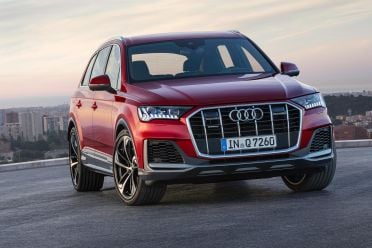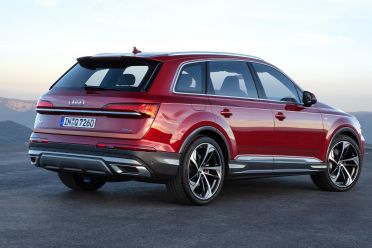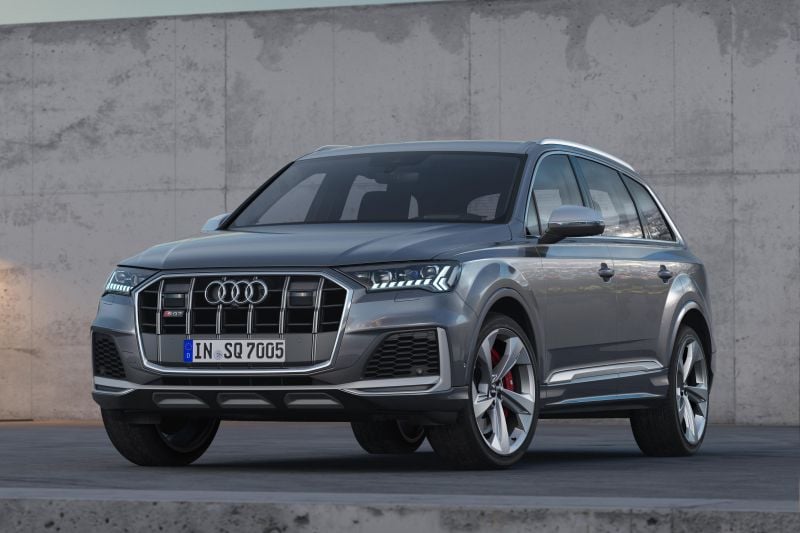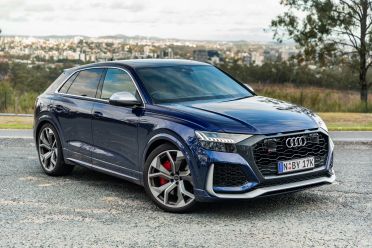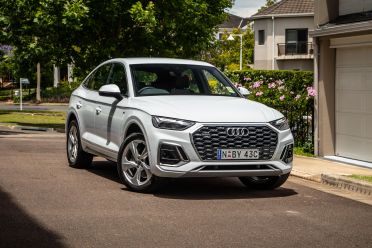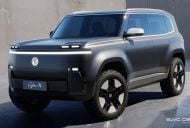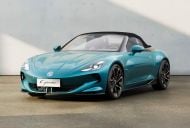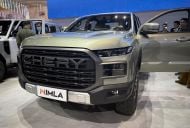Audi will reportedly launch a new generation of Q7 in 2025, and it could be joined by an even larger SUV called the Q9.
Automotive News reports the Q7 and Q9 will be among the last combustion-powered vehicles launched by Audi, which has previously committed to only launching electric vehicles after 2026 and switching to an EV-only line-up by 2033… except in China.
The Q7 will reportedly offer electrification in the form of mild-hybrid powertrains, though it seems likely plug-in hybrids will be available considering the current model offers them in other markets.
After Q7 and Q8 should come Q9, at least according to Automotive News, to more directly rival the BMW X7 and Mercedes-Benz GLS.
The Q9 has reportedly been designed with the US and China markets in mind, and US dealers have reportedly been told it’s coming.
It’s not to be confused with the Q6, a large, three-row SUV based on the MQB platform that was revealed earlier this year – and itself not to be confused with the global Q6 e-tron, based on the Premium Platform Electric.
When this model was spied testing it was believed to be the long-rumoured Q9, but it’s instead closely related to the Volkswagen Atlas and has been developed exclusively for the Chinese market.
Despite the name, the Q6 is mere millimetres longer than a Q7, which measures up at 5063mm long.
A BMW X7 is 5151mm long and a Mercedes-Benz GLS is 5219mm long, while there are luxury-brand SUVs larger still like the body-on-frame Cadillac Escalade, Infiniti QX80 and Lincoln Navigator.
There’s therefore room for an even larger Audi three-row SUV, leaving the Q7 to tackle the BMW X5 and Mercedes-Benz GLE.
Though not standard fit like in the Q7, both the X5 and GLE can be specified with a third row of seating but buyers seeking more room can step up to larger SUVs – something Audi buyers can’t currently do.
The current, second-generation Q7 entered production in 2015, and was facelifted in 2020.
It’s currently available in Australia with a range of turbocharged six-cylinder petrol and diesel powertrains, plus a twin-turbo petrol V8 in the flagship SQ7.
In other markets, it’s also available with a turbocharged V6 plug-in hybrid powertrain.
It’s underpinned by the MLB Evo architecture, also used by the Bentley Bentayga, Lamborghini Urus, Porsche Cayenne and Volkswagen Touareg, as well as Audi’s e-tron and Q8.
Audi has been running low on numbers for its SUVs at this point, and has also been working to establish a shadow lineup of electric SUVs.
There are the combustion-powered Q2, Q3, Q5, Q7 and Q8 SUVs – with Sportback versions of the Q3 and Q5 – plus the electric Q4 e-tron, e-tron, and upcoming Q6 e-tron and Q8 e-tron.
In China, the Q6 is also available, along with the MEB-based Q5 e-tron.
The Q2 won’t be replaced, while the e-tron – though reportedly set for a substantial mechanical update next year – seems likely to fade away once the Q6 e-tron and Q8 e-tron models launch.
The Q6 e-tron was set to launch in 2023, though problems at the Volkswagen Group’s Cariad software division have delayed the launch of its Porsche Macan EV platform-mate to 2024.
The Q8 e-tron could launch around 2026.
A new Q5 has been spied testing and will slide in before Audi’s EV cut-off like the next Q7. It’s likely to debut in 2023.
MORE: Everything Audi Q7





